Often overlooked, kohlrabi, or German turnip, is a nutrient-dense vegetable. Though it might not be as popular as other vegetables, kohlrabi has some impressive health benefits that you should know about. Besides being high in fiber and vitamin C, kohlrabi contains essential antioxidants that can protect your body from disease. Plus, kohlrabi is low in calories and carbs, which makes it a great choice for weight loss and blood sugar management.
Kohlrabi Nutrition Facts
Kohlrabi is a powerhouse of essential nutrients that contribute to overall health. Rich in vitamin C, fiber, and antioxidants, it supports immune function, aids digestion, and promotes a healthy gut. Its high fiber content not only fosters smoother digestion but also helps regulate blood sugar levels. Kohlrabi’s array of nutrients and compounds, such as potassium and glucosinolates, are associated with reduced risks of heart disease, certain cancers, and chronic inflammation, making it an excellent addition to a balanced diet.
Below are the kohlrabi nutrition facts. It’s based on a cup (135 grams) of raw kohlrabi:
- 36 calories
- 8 grams of carbohydrates
- 5 grams of fiber
- 2 grams of protein
- It has 93% of the Daily Value (DV) of vitamin C
- It has 12% of the DV of vitamin B6
- It has 10% of the DV of potassium
- It has 6% of the DV of magnesium
- It has 8% of the DV of manganese
- It has 5% of the DV of folate
The Health Benefits of Kohlrabi
Below are the best 12 health benefits of Kohlrabi.
Kohlrabi May Aid in the Digestive System
Kohlrabi is a cruciferous vegetable that is a good source of fiber for people who eat a lot of food. The food has a lot of fiber, which helps move your bowels. Fiber can help you eliminate constipation and feel less bloated and crampy. The fiber and its ability to improve the gastrointestinal system’s quality help maximize nutrient uptake efficiency.
Kohlrabi Promotes Eye Health
Kohlrabi is a beautiful source of carotenes, including beta-carotene, which acts as an antioxidant compound in the body. Beta-carotene is especially effective in the ocular area. Vitamin A is known to slow down macular degeneration and will slow down or eliminate the appearance of cataracts. Vitamin A helps to neutralize free radicals in the eyes and prevent oxidative stress.
Also, you can try the Eye Max supplement for improving your eye health.
Kohlrabi May Help in the Fight Against Cancer
Kohlrabi is known to contain a phytochemical called isothiocyanate. Research suggests that it may have a protective benefit against cancer. Isothiocyanates are known to help with the conversion of estrogen in the body and may also create a barrier against the hormones associated with breast and prostate cancers.
Kohlrabi Supports Nerve and Muscle Function
Nutritionists have found that 1 cup of raw kohlrabi has 14% of the recommended daily allowance of potassium. The primary role of potassium is associated with muscle and nerve function. Potassium helps to store carbohydrates which are then used to fuel the muscles. Nerve transmissions and nerve excitability heavily depend on an adequate potassium level in the body.
Kohlrabi May Reduce the Risk of Diabetes by Helping With Weight Loss
In early studies, researchers have found promising results to suggest that kohlrabi may lessen the need for blood sugar-regulating medications. Kohlrabi contains a lot of fiber and water, which helps to reduce caloric intake and increase satiety. It has the potential to lower body weight. A recent study found that men who ate more cruciferous vegetables had a lower risk of type 2 diabetes.
Kohlrabi Is High in Antioxidants
Kohlrabi has a variety of antioxidants, including vitamin C, anthocyanins, isothiocyanates, and glucosinolates. These plant chemicals defend cells from free-radical damage, raising your risk of disease.
Diets high in antioxidant-rich vegetables, such as kohlrabi, are linked to a decreased risk of diabetes, metabolic disease, and early death. Anthocyanins are one type of flavonoid found in purple kohlrabi skin. Anthocyanins have anti-inflammatory effects, which may help reduce the risk of heart disease and improve cognitive function.
Kohlrabi colors range from green to red, white, and purple. In addition to being high in antioxidants, they are high in isothiocyanates and glucosinolates, which reduce the risk of cancer, heart disease, and inflammation.
Kohlrabi is Rich in Anthocyanin
The purple kohlrabi cultivar has higher amounts of anthocyanin, according to research. Furthermore, studies show that consuming anthocyanin can help to prevent heart attack and arterial stiffness.
Kohlrabi Promotes a Healthy Gut
Kohlrabi is high in both soluble and insoluble fiber. The former helps maintain good blood sugar and cholesterol levels by assisting with water absorption. In addition, insoluble fiber isn’t digested in your intestine, aiding in increasing the bulk of your stools and promoting regular bowel movements.
Furthermore, fiber is essential for optimal gut health, as it is the primary food source for probiotic bacteria such as Bifidobacteria and Lactobacilli. These bacteria generate short-chain fatty acids that nourish your gut cells and possibly protect against heart disease and obesity. Furthermore, the healthy gut microbiota has been linked to a more beneficial immune system and lower obesity and bowel disease risks.
Kohlrabi May Lower Risk of Heart Disease
It contains plant chemicals called glucosinolates and isothiocyanates, which are generally found in cruciferous vegetables. High-glucosinolate consumption has been linked to a decreased risk of heart disease due to its ability to widen blood vessels and reduce inflammation. Furthermore, isothiocyanates have antioxidant effects that may help prevent plaque buildup in your arteries.
Kohlrabi Supports a Healthy Immune System
Kohlrabi is high in vitamin C, which is essential for promoting immune health. As a result, including kohlrabi in your diet enables you to fulfill the daily recommended values of vitamin C. Vitamin C intake at sufficient levels ensures the formation of cytokines and lymphocytes to combat infections. Furthermore, vitamin C has a wide range of advantages for the skin. It may enhance collagen synthesis, promote moisture retention, and protect skin from UV radiation, among other things.
Kohlrabi May Improve Bone Strength
Kohlrabi is high in calcium and magnesium, which help to promote stronger bones. Bones have about 99% of the calcium in our body. It’s calcium that gives the skeleton its structure and strength. For life processes, calcium acts as a hardening and strengthening mineral. Magnesium aids in bone density improvement, increasing bone hardness and decreasing the risk of fractures or osteoporosis.
Kohlrabi May Support Metabolism
In addition to its many benefits, kohlrabi is a metabolism-friendly food. Its B-vitamin content, particularly vitamin B6, plays a critical role in protein metabolism and energy production. Moreover, the vegetable’s fiber helps regulate blood sugar levels, providing steady energy throughout the day. Including kohlrabi in your meals can enhance metabolic efficiency and support weight management efforts.
How to Add Kohlrabi to Your Diet
Incorporating kohlrabi into your daily routine is simple and rewarding. Its mild, slightly sweet flavor pairs well with various dishes, making it a versatile addition to your meals.
Raw as a Snack: Peel and slice kohlrabi into sticks or rounds for a crunchy, nutritious snack. Pair it with hummus or your favorite dip for added flavor.
Salads: Grate or julienne kohlrabi and toss it into salads for a refreshing crunch. It pairs well with vinaigrettes, citrus fruits, and nuts.
Slaws: Shred kohlrabi with carrots, cabbage, and a tangy dressing to make a quick and healthy coleslaw.
Smoothies: Blend raw kohlrabi into smoothies for an extra boost of fiber and nutrients without significantly altering the flavor.
Adding kohlrabi to your diet can diversify your meals while enhancing their nutritional value.
How to Cook Kohlrabi
Kohlrabi can be prepared in various ways, depending on your taste preferences. Its texture and flavor make it suitable for roasting, steaming, and even grilling.
Roasted Kohlrabi: Toss peeled and cubed kohlrabi with olive oil, salt, and pepper. Roast at 400°F (200°C) for 25–30 minutes until tender and golden brown.
Mashed Kohlrabi: Boil peeled kohlrabi chunks until soft, then mash them with butter, garlic, and a splash of cream for a low-carb alternative to mashed potatoes.
Stir-Fried Kohlrabi: Thinly slice or julienne kohlrabi and stir-fry with soy sauce, ginger, and your favorite vegetables for a quick and healthy side dish.
Soup Ingredient: Add diced kohlrabi to soups and stews for an earthy flavor and a hearty texture.
Grilled Kohlrabi: Slice into thick rounds, season with olive oil and herbs, and grill for a smoky, caramelized flavor.
Experimenting with these cooking methods can help you discover new and exciting ways to enjoy kohlrabi.
Side Effects of Eating Kohlrabi
Kohlrabi has no adverse side effects of its own. It’s a cruciferous vegetable containing thiocyanates, preventing the body from absorbing iodine. As a result, individuals with thyroid problems should consult their doctor before taking any supplements or eating raw kohlrabi. Cruciferous veggies can also cause issues with blood thinners and, at times, become dangerous.
Excess consumption of cruciferous vegetables, such as kohlrabi, can cause stomach upset. It is high in fiber and takes longer to digest, so overeating might cause nausea, bloating, or diarrhea. Although the mechanism behind flatulence and abdominal discomfort is unknown, you should avoid eating kohlrabi when these symptoms occur.
References:
- Kohlrabi as a Source of Vitamin C – PMC (nih.gov)
- High anthocyanin intake is associated with a reduced risk of myocardial infarction in young and middle-aged women – PubMed (nih.gov)
- Identification and Characterization of Anthocyanin Biosynthesis-Related Genes in Kohlrabi – PubMed (nih.gov)
- FoodData Central (usda.gov)
- The active role of vitamin C in mammalian iron metabolism: much more than just enhanced iron absorption! – PubMed (nih.gov)
- The Roles of Vitamin C in Skin Health – PMC (nih.gov)
- Immunonutrition: Role in Wound Healing and Tissue Regeneration – PMC (nih.gov)
- The Role of Physiological Vitamin C Concentrations on Key Functions of Neutrophils Isolated from Healthy Individuals – PubMed (nih.gov)
- Vitamin B6 Deficiency – StatPearls – NCBI Bookshelf (nih.gov)
- Serum Potassium and Cardiovascular Outcomes: The Highs and the Lows – PMC (nih.gov)
- Potassium: From Physiology to Clinical Implications – PubMed (nih.gov)
- Whole Fruits and Fruit Fiber Emerging Health Effects – PubMed (nih.gov)
- Health effects of dietary fiber – PubMed (nih.gov)
- Adiposity, gut microbiota and faecal short chain fatty acids are linked in adult humans – PMC (nih.gov)
- Role of Gut Microbiota-Generated Short-Chain Fatty Acids in Metabolic and Cardiovascular Health – PubMed (nih.gov)
- The gut microbiota: its anatomy and physiology over a lifetime – PubMed (nih.gov)
- The Gut Microbiome and Its Role in Obesity – PMC (nih.gov)
- Usual dietary anthocyanin intake, sources and their association with blood pressure in a representative sample of Australian adults – Igwe – 2019 – Journal of Human Nutrition and Dietetics – Wiley Online Library
- Dietary Anthocyanins and Stroke: A Review of Pharmacokinetic and Pharmacodynamic Studies – PMC (nih.gov)



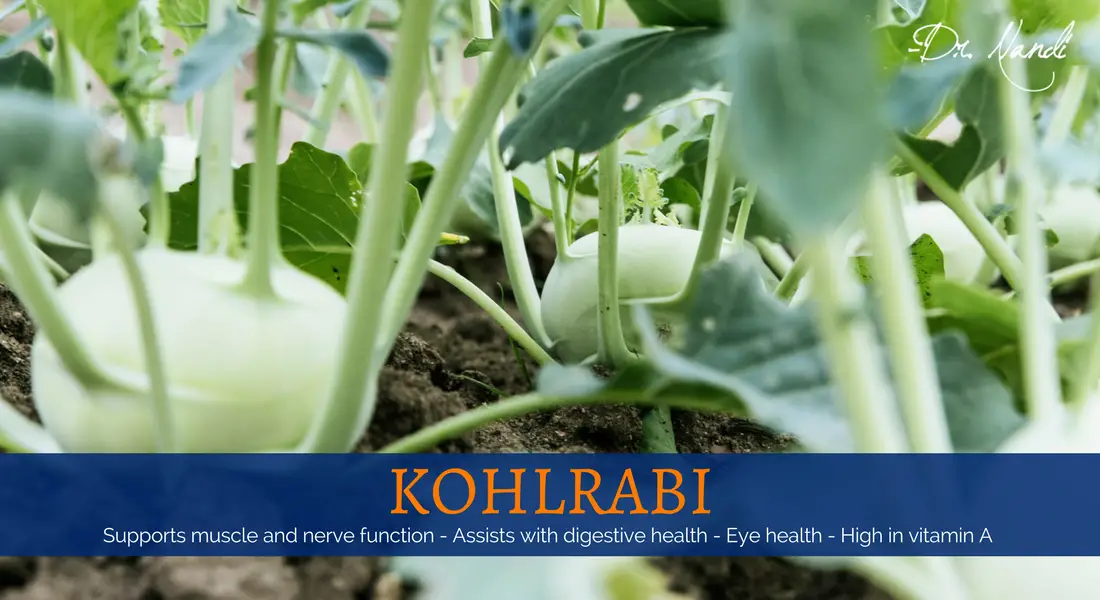
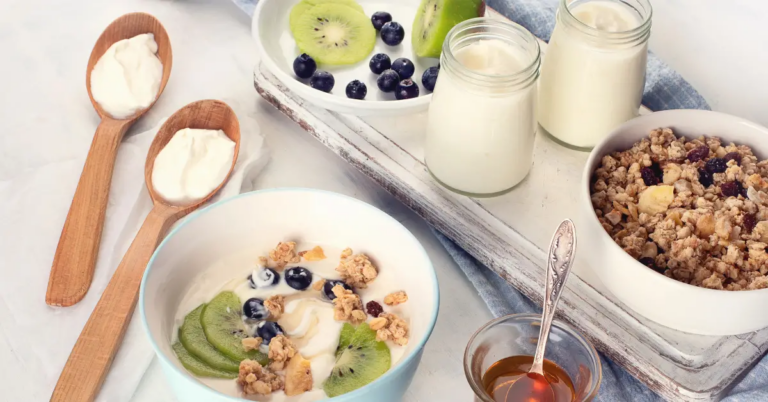
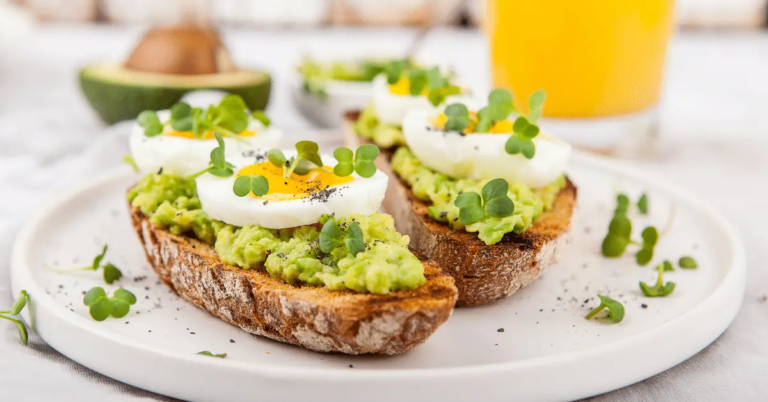
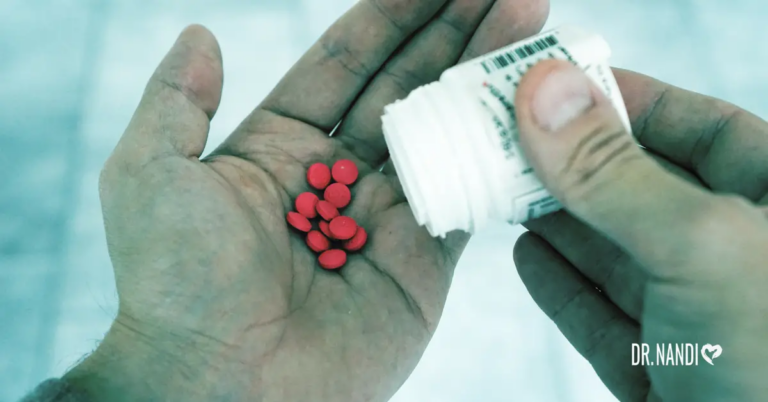


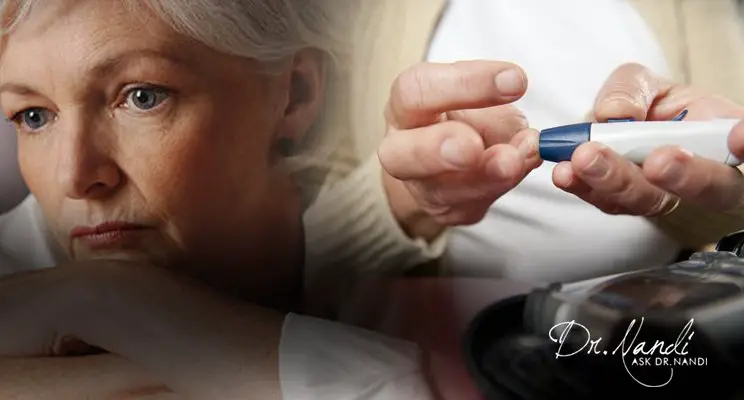

 Subscribe to Ask Dr. Nandi YouTube Channel
Subscribe to Ask Dr. Nandi YouTube Channel










